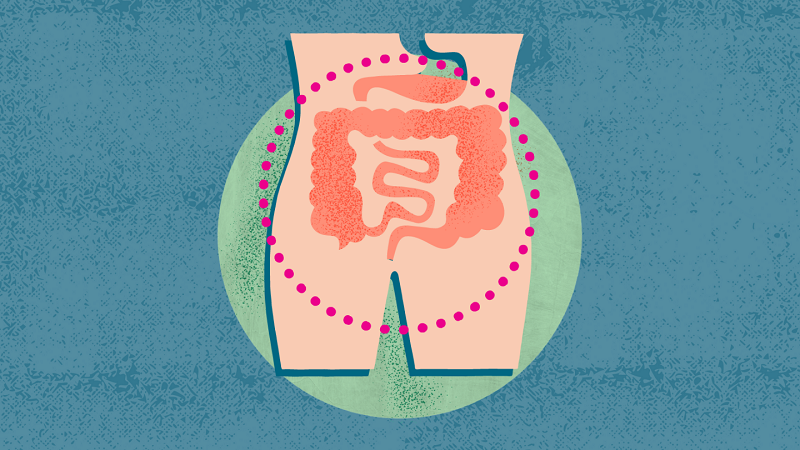Introduction
Bipolar disorder is a complex mental health condition characterized by extreme mood swings, including episodes of mania and depression. Managing bipolar disorder often requires a multifaceted approach, incorporating medication, psychotherapy, and lifestyle changes. This comprehensive guide explores the various therapy options available for bipolar disorder, offering insights into how each treatment can help individuals achieve stability and improve their quality of life.
Understanding Bipolar Disorder
What is Bipolar Disorder?
Bipolar disorder, previously known as manic-depressive illness, is a mental health condition that causes unusual shifts in mood, energy, activity levels, and the ability to carry out daily tasks. These mood swings range from manic episodes of extreme euphoria and high energy to depressive episodes of deep sadness and low energy.
Types of Bipolar Disorder
- Bipolar I Disorder: Characterized by manic episodes that last at least seven days or by manic symptoms that are so severe they require immediate hospital care. Depressive episodes occur as well, typically lasting at least two weeks.
- Bipolar II Disorder: Defined by a pattern of depressive episodes and hypomanic episodes, but not the full-blown manic episodes that are typical of Bipolar I Disorder.
- Cyclothymic Disorder (Cyclothymia): Periods of hypomanic symptoms as well as periods of depressive symptoms lasting for at least two years (one year in children and adolescents), but the symptoms do not meet the diagnostic requirements for a hypomanic episode and a depressive episode.
Best Therapy Options for Bipolar Disorder
Medications
1. Mood Stabilizers
- Lithium: One of the most commonly used and effective mood stabilizers, lithium helps to prevent both manic and depressive episodes.
- Anticonvulsants: Medications such as valproic acid, lamotrigine, and carbamazepine are also used as mood stabilizers.
2. Antipsychotics
- Second-Generation Antipsychotics: Medications like olanzapine, risperidone, quetiapine, and aripiprazole can help manage symptoms of mania and depression.
3. Antidepressants
- Selective Serotonin Reuptake Inhibitors (SSRIs) and Serotonin-Norepinephrine Reuptake Inhibitors (SNRIs): These may be used to treat depressive episodes but are typically combined with a mood stabilizer to prevent triggering manic episodes.
4. Combination Therapy
- Combining Medications: Often, a combination of medications is necessary to manage symptoms effectively. For example, an antipsychotic might be used alongside a mood stabilizer.
Psychotherapy
1. Cognitive Behavioral Therapy (CBT)
- Identifying Triggers: CBT helps patients identify triggers for mood swings and develop coping strategies to manage stress and negative thoughts.
- Behavioral Changes: Encourages positive behavioral changes that can help stabilize mood and improve overall functioning.
2. Interpersonal and Social Rhythm Therapy (IPSRT)
- Regulating Daily Rhythms: IPSRT focuses on helping patients maintain regular daily routines, such as consistent sleep patterns, which can prevent mood episodes.
- Improving Interpersonal Relationships: Addresses issues in relationships that may contribute to emotional instability.
3. Psychoeducation
- Understanding the Disorder: Educating patients and their families about bipolar disorder to improve understanding and management of the condition.
- Early Warning Signs: Teaching how to recognize early warning signs of manic and depressive episodes to seek prompt intervention.
4. Family-Focused Therapy
- Support System: Involves family members in treatment to improve communication, reduce stress within the family, and support the patient’s treatment plan.
- Coping Strategies: Equips family members with strategies to help manage the patient’s condition effectively.
Lifestyle and Self-Management Strategies
1. Regular Exercise
- Physical Health Benefits: Regular physical activity can help manage stress, improve mood, and increase overall well-being.
- Routine Establishment: Incorporating exercise into a daily routine can help maintain stability.
2. Healthy Diet
- Balanced Nutrition: Eating a well-balanced diet can have a positive impact on mood and energy levels.
- Avoiding Substances: Limiting alcohol and avoiding drugs, as these can exacerbate symptoms and interfere with medications.
3. Sleep Hygiene
- Consistent Sleep Schedule: Maintaining a regular sleep schedule is crucial for managing bipolar disorder.
- Sleep Environment: Creating a restful sleep environment can help improve sleep quality and prevent mood episodes.
4. Stress Management
- Mindfulness and Relaxation Techniques: Practices such as mindfulness meditation, yoga, and deep-breathing exercises can help reduce stress and prevent mood swings.
- Time Management: Effective time management and organizational skills can help reduce stress and improve daily functioning.
Alternative and Complementary Therapies
1. Omega-3 Fatty Acids
- Supplementation: Omega-3 fatty acids, found in fish oil, have been shown to have mood-stabilizing properties and may be beneficial as an adjunct to traditional treatments.
2. Light Therapy
- Managing Depression: Light therapy, typically used for seasonal affective disorder, can also help manage depressive symptoms in bipolar disorder.
3. Acupuncture
- Symptom Relief: Some studies suggest that acupuncture may help alleviate symptoms of bipolar disorder, particularly in combination with other treatments.
Monitoring and Follow-up
1. Regular Psychiatric Evaluation
- Ongoing Assessment: Regular check-ups with a psychiatrist are essential to monitor symptoms, adjust medications, and ensure effective management of the disorder.
2. Self-Monitoring
- Mood Tracking: Keeping a mood diary can help patients and their healthcare providers identify patterns and triggers for mood swings.
- Medication Adherence: Ensuring medications are taken as prescribed is crucial for maintaining stability.
Living with Bipolar Disorder
1. Building a Support Network
- Family and Friends: A strong support network can provide emotional support and practical assistance.
- Support Groups: Joining a support group can offer a sense of community and shared understanding.
2. Advocacy and Education
- Raising Awareness: Advocating for mental health awareness and education can help reduce stigma and improve access to resources.
- Self-Education: Staying informed about the latest research and treatment options empowers individuals to take an active role in their care.
FAQs
What is the most effective therapy for bipolar disorder?
The most effective therapy varies for each individual and often includes a combination of medication, psychotherapy, and lifestyle changes. Working closely with healthcare providers to develop a personalized treatment plan is crucial.
Can bipolar disorder be cured?
There is no cure for bipolar disorder, but it can be effectively managed with the right combination of treatments, allowing individuals to lead stable and fulfilling lives.
How long does treatment for bipolar disorder last?
Treatment for bipolar disorder is typically lifelong, with ongoing adjustments to medication and therapy as needed to manage symptoms and prevent relapse.
Can lifestyle changes alone manage bipolar disorder?
While lifestyle changes are an important component of managing bipolar disorder, they are usually not sufficient on their own. Medication and psychotherapy are often necessary to achieve stability.
Is it safe to use alternative therapies for bipolar disorder?
Alternative therapies can be beneficial when used in conjunction with traditional treatments. It is essential to discuss any alternative therapies with a healthcare provider to ensure they are safe and appropriate.
What should I do if I experience a relapse?
If you experience a relapse, it is important to seek prompt medical attention. Working with your healthcare provider to adjust your treatment plan can help manage symptoms and regain stability.
Conclusion
Bipolar disorder requires a comprehensive and individualized approach to treatment. Combining medication, psychotherapy, lifestyle changes, and alternative therapies can help individuals manage their symptoms effectively and lead fulfilling lives. Ongoing monitoring and support are crucial for maintaining stability and preventing relapse. By staying informed and actively participating in their treatment, individuals with bipolar disorder can achieve long-term stability and improved quality of life.

Click Here to Visit the Store and find Much More….
For More Information Related to Fibromyalgia Visit below sites:
References:
Fibromyalgia Contact Us Directly
Click here to Contact us Directly on Inbox
Official Fibromyalgia Blogs
Click here to Get the latest Chronic illness Updates
Fibromyalgia Stores

